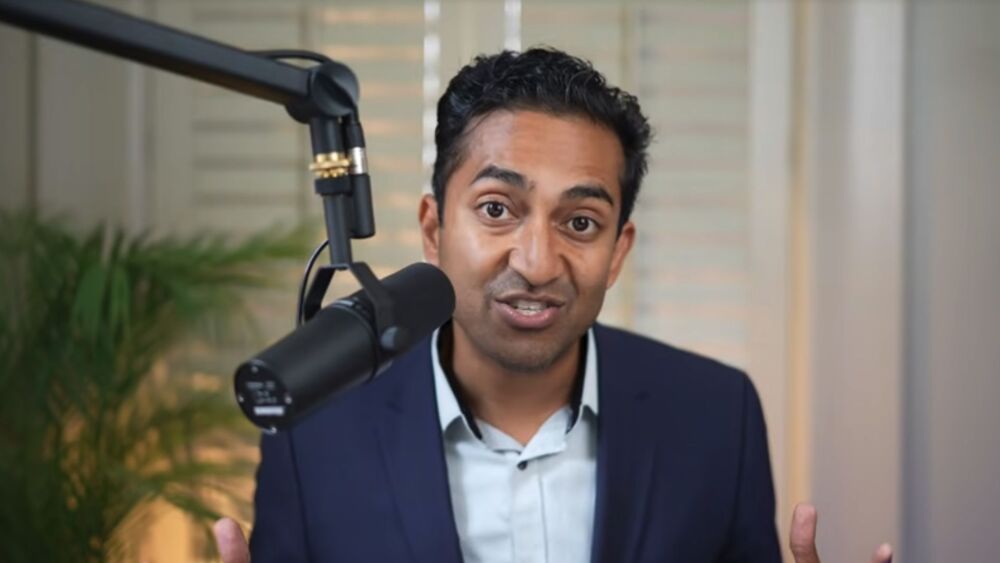Speaking at BIO2025, rare disease leaders from Ultragenyx, Amylyx and Yale questioned the need for the new regulatory pathway proposed by FDA Commissioner Marty Makary. They acknowledged, however, that creative thinking is required to enable more treatments for patients with ultrarare diseases.
In April, FDA Commissioner Marty Makary touted plans for a conditional approval pathway for drugs targeting ultrarare diseases. This pathway could enable conditional authorization for medicines based on a “plausible mechanism,” even without a randomized, controlled clinical trial, which is often impossible to conduct due to minuscule patient numbers. But not everyone agrees on the need for such a pathway.
At a BioSpace-moderated panel at BIO2025 last week, experts in drug development for rare and ultrarare diseases argued that an entirely new regulatory pathway was likely unnecessary.
“I would say that the FDA already has sufficient pathways to approve what they need to,” Ultragenyx CEO Emil Kakkis told attendees of the panel, which focused on the best ways to accelerate market entry for rare disease treatments. “I don’t necessarily think you need a conditional pathway.”
Joe Ross, a professor of medicine and public health at Yale School of Medicine, agreed, saying the FDA already has “a number of different pathways,” including accelerated approval, Fast Track and Breakthrough Therapy designations at its disposal.
On the other hand, Ross highlighted one aspect of Makary’s conditional approval pathway as a potential improvement over existing regulatory mechanisms. “One of the things I’ve liked when I’ve heard the new commissioner talk about the conditional approval pathway is this idea of time-limited, which has never come up with the other prior pathways. I think that actually sets expectations in an important way, both for the patients and for the sponsors.”
When Makary first proposed the conditional approval pathway, he emphasized that it would be targeted toward the most ultrarare of diseases—those affecting one out of every 50,000 or more people. One example is CPS1 deficiency, the disease for which a nine-month-old boy named KJ recently received a personalized single-use CRISPR treatment.
For conditions like this, Kakkis pointed out that the FDA has previously allowed researchers to file paper NDAs, where a small number of case reports from separate physicians are combined into a new drug application. “So I would say they could use another pathway, or they could just start allowing those type of situations.” He noted that the FDA has “shied away” from this mechanism “because they feel it’s not rigorous enough.”
Camille Bedrosian, chief medical officer at Amylyx, was of two minds on the matter. “With genetic disorders, there is a greater chance of better understanding what a drug might be able to do and why, mechanistically, and you could have another pathway, which is admirable—but just using common sense and utilizing the current framework, I think also could work.”
One challenge the FDA could face in executing any of its levers for rare disease decisions is the workforce cuts that have been levied over the past few months. In March, Health Secretary Robert F. Kennedy Jr. announced plans to chop 3,500 jobs across the agency. While Makary continues to insist—including during a fireside chat at BIO—that these roles did not include scientific reviewers, the cuts did affect support staff.
When it comes to evaluating investigational rare disease therapies, Kakkis said it comes down to quality decision-making. “There’s some very good people [at the FDA], but they need to make sure they recruit and retain the best people, because really good judgment’s required to take that science and make good decisions, whatever the pathway that we offer them to work with.”
The conditional pathway is but one of a handful of changes Makary and Center for Biologics Evaluation and Research (CBER) director Vinay Prasad have initiated since coming into office. The pair have outlined bold plans to bring drugs for rare and common diseases to the U.S. market faster—culminating in last week’s announcement of Makary’s new Commissioner’s National Priority Voucher, which would shorten the review time for certain drugs from 10–12 months to 1–2 months.
Kakkis indicated that the conditional pathway for ultrarare diseases might be a relatively safe way to make good on these promises.
“If they’re going to be progressive and take a risk and approve something with just a little bit of data, they want to know that that’s okay, that there’s not going to be a problem for them,” he said. “I think a conditional pathway might give them some more political cover for stepping out and being very progressive.”
“Maybe we do need it right now, because of KJ’s and other situations,” Kakkis concluded. “We need to be able to nail that.”






